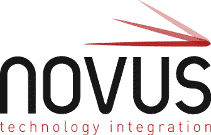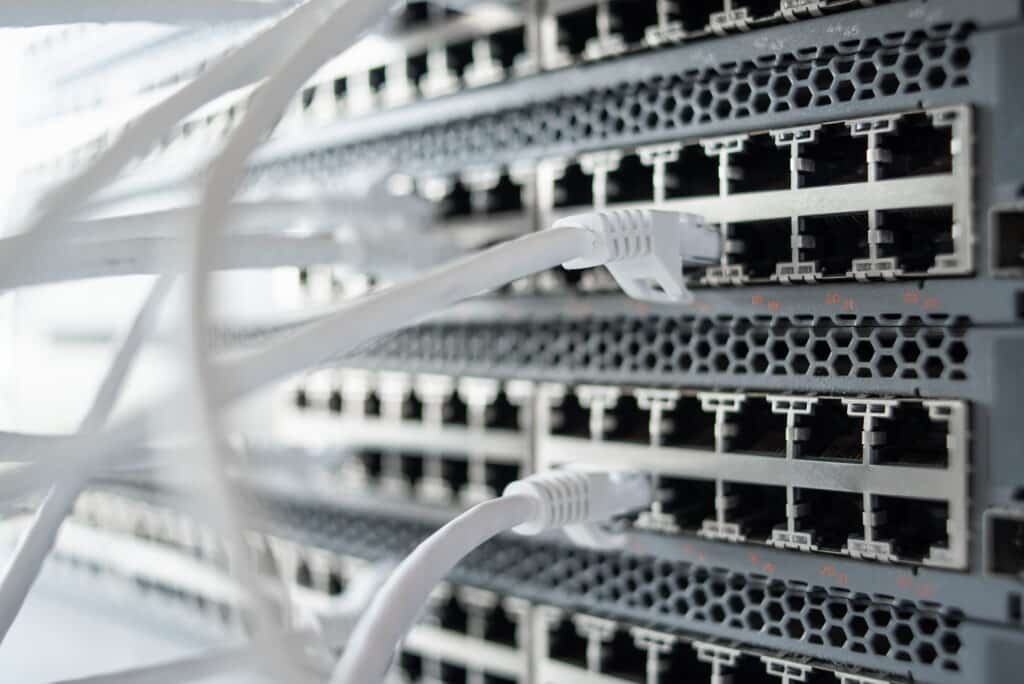Many small and medium-sized businesses in San Diego don’t even think about their technology inventory until something goes sideways; then, it’s critical. IT hardware management, or more accurately called IT asset management (ITAM), is a critical function for your business’s continued health and welfare.
You might think, “what is hardware inventory vs. asset management?” These two concepts, while similar, are not the same. In the simplest terms, hardware inventory is the number of pieces that you own and what they are.
Asset management is more inclusive. It includes technology inventory and the tasks of actively updating those assets with any software patches or security upgrades. It also monitors things like the type and number of IT hardware inventory you own and the corresponding warranties and when they expire or when it’s time to replace an aging unit.
Let’s talk about a few reasons to follow your asset management closely.
6 IT Tips: Why Asset Management is Important
1. Improper hardware management
Lackadaisical software and security upgrades leave your local San Diego business open to cyberattacks. Weak areas in your infrastructure are opportunities for hackers to exploit vulnerabilities and create havoc in your company.
2. You can monitor software asset costs
Software licenses are expensive, and it makes little sense to waste your business’s hard-earned dollars on software licenses that are not being used. When you monitor these licenses, you save money by having the ability to quickly reallocate unused licenses to where they are needed instead of purchasing new ones.
3. Hardware asset control
It’s important to ensure only authorized assets are accessing your network. Unknown or unauthorized hardware, such as laptops or mobile phones, can pose a security risk without the proper security protocols in place. It is also crucial with remote employees and tracking company assets. How many phones, cameras, laptops are lost, stolen, or lay dormant because of breakdowns or upgrades? You can keep track of those assets by knowing exactly which employee has what exact asset.
4. Aging hardware inventory can seriously hinder productivity
Obsolete equipment can cause major slowdowns and malfunctions that can seriously inhibit your business’s workflow. Imagine busy cashiers or hotel employees who had electronic tills or registers that were slow or uncooperative at best? It’s no different in any California business. It would be a nightmare for the worker and the customer!
5. Overall assets reporting
For administrators, overall assets reporting is vital in determining an asset’s location, when it was last upgraded with software or security patches, warranty monitoring, etc., to help assess budget considerations each year. Overall, reporting helps determine the need for new equipment, reallocating other equipment or software, and even may be required for some lease providers, insurers, and tax professionals in determining the net worth of company equipment assets.
6. Removes “ghost assets”
Asset management helps you pinpoint and remove “ghost” assets from your business records. If an item is lost, stolen, or destroyed, it becomes a “ghost asset.” More times than not, these kinds of items are typically typos or redundancies that you should remove from your system.
Hardware Management Next Steps
You can see why maintaining hardware inventory and asset management is critical to your San Diego business. From asset life cycle, to cost control, to asset reporting, it’s a lot of work to maintain.
If your company is not monitoring this critical area or not watching it enough, consider speaking with an IT consultant at Novus Technology Integration. Don’t leave your business’s cybersecurity and hardware inventory maintenance to chance!


